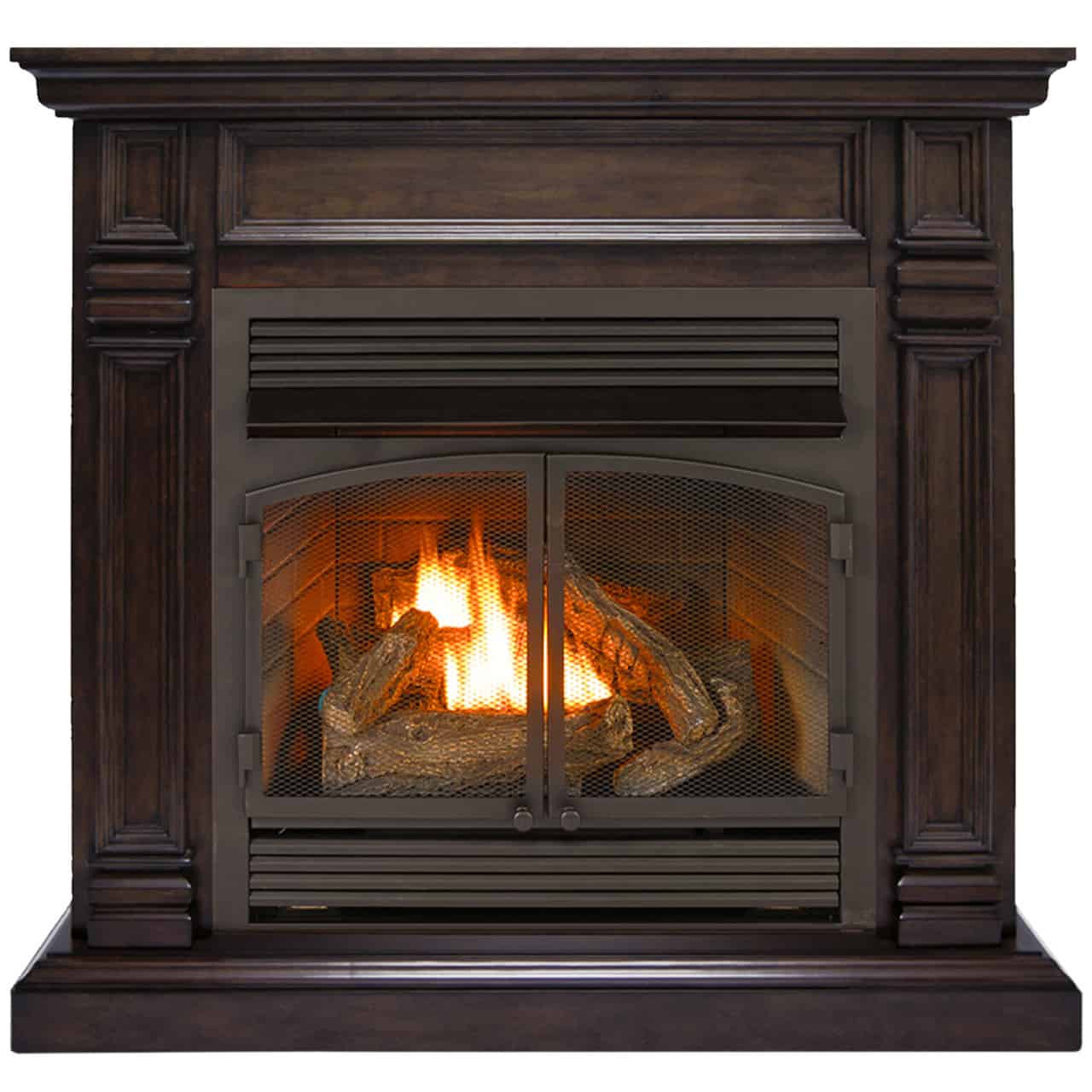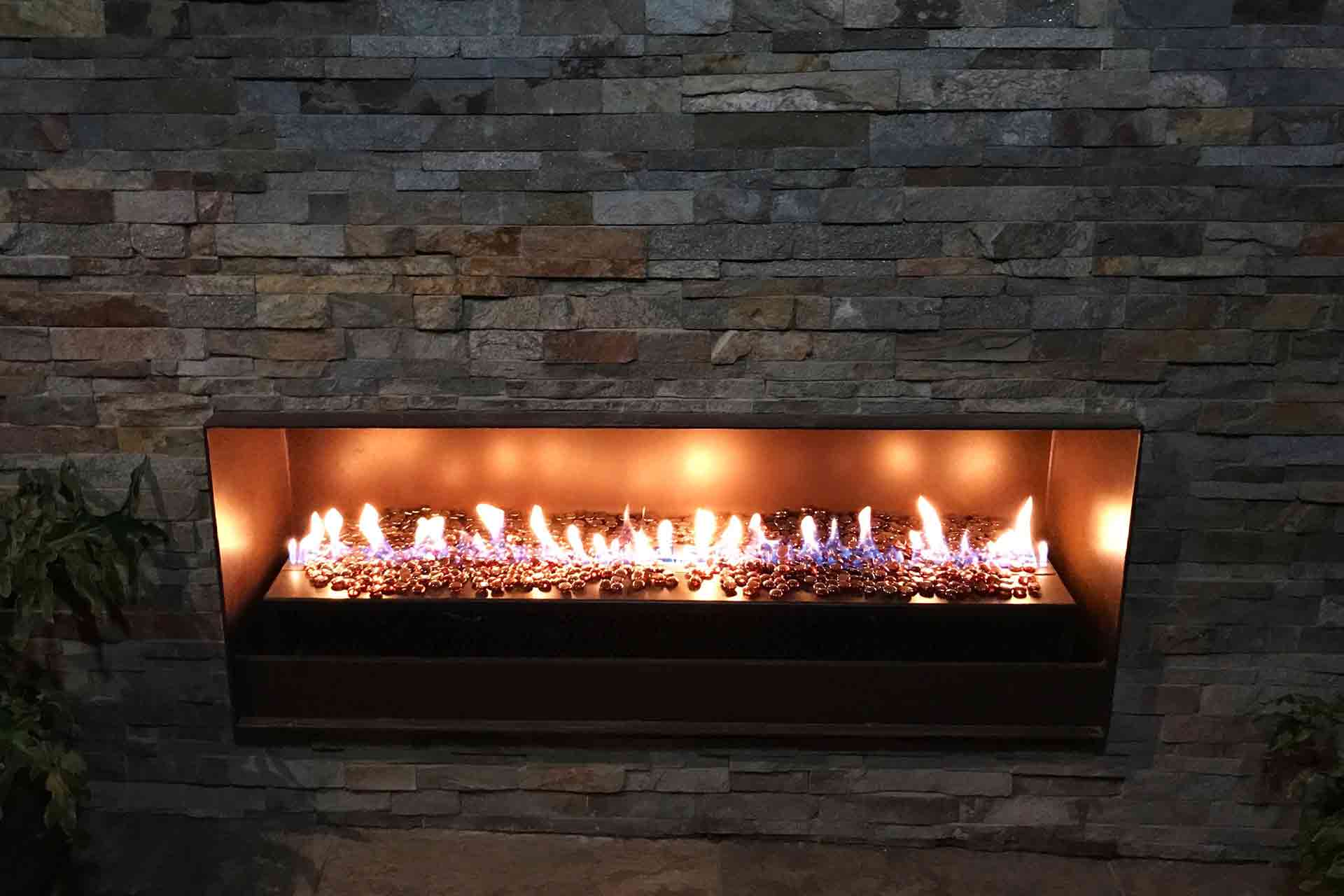Ventless fireplaces reviews are a valuable resource for homeowners considering this type of heating solution. These reviews provide detailed information on safety features, heating efficiency, installation, maintenance, design, and aesthetics, helping consumers make informed decisions.
Ventless fireplaces offer several advantages, including increased energy efficiency, ease of installation, and a variety of design options. However, it’s important to understand their potential drawbacks, such as the need for proper ventilation and the emission of pollutants.
Ventless Fireplace Safety Features

Ventless fireplaces, while convenient and aesthetically pleasing, require special attention to safety due to the lack of a traditional chimney or venting system. Therefore, they incorporate various safety features to minimize risks associated with their operation.
These safety features are crucial as they monitor and regulate the fireplace’s performance, preventing potential hazards such as carbon monoxide poisoning, overheating, and flame failure.
Oxygen Depletion Sensors
Oxygen depletion sensors are essential safety devices that monitor the oxygen levels in the room where the ventless fireplace is installed. When the oxygen level drops below a safe threshold, typically around 18%, the sensor automatically shuts off the fireplace to prevent the risk of carbon monoxide poisoning.
Overheat Protection
Overheat protection mechanisms are designed to prevent the fireplace from overheating and potentially causing a fire. These mechanisms typically involve temperature sensors that monitor the fireplace’s internal temperature. If the temperature exceeds a predetermined safe limit, the fireplace will automatically shut off to prevent overheating.
Flame Failure Devices
Flame failure devices are safety features that monitor the presence of a flame in the fireplace. If the flame is extinguished accidentally, the device will automatically shut off the gas supply to the fireplace, preventing the buildup of unburned gas and the risk of an explosion.
Ventless Fireplace Heating Efficiency

Ventless fireplaces have gained popularity as an alternative to traditional fireplaces due to their ease of installation and lack of a chimney. However, their heating efficiency has been a subject of debate. This section will delve into the heating efficiency of ventless fireplaces compared to other types of fireplaces, explaining how they work and how they differ in terms of heat distribution.
Ventless Fireplace Operation and Heat Distribution, Ventless fireplaces reviews
Ventless fireplaces operate on the principle of radiant heat, emitting infrared waves that directly warm objects and people in their path. Unlike traditional fireplaces that rely on a chimney to vent combustion gases and heat, ventless fireplaces release these gases and heat directly into the room.
This eliminates heat loss through the chimney, resulting in higher heating efficiency.
The heat distribution of ventless fireplaces is more localized compared to traditional fireplaces. Traditional fireplaces release heat through convection, creating warm air currents that rise and circulate throughout the room. Ventless fireplaces, on the other hand, provide a more concentrated heat source, effectively warming objects and people within their immediate vicinity.
Heating Efficiency Comparison
Studies have shown that ventless fireplaces have higher heating efficiency compared to traditional fireplaces. According to the Environmental Protection Agency (EPA), ventless fireplaces have an average heating efficiency of around 90%, while traditional fireplaces have an efficiency of around 60-80%.
This means that ventless fireplaces can produce more heat with less fuel consumption.
The higher heating efficiency of ventless fireplaces is attributed to their closed combustion system and lack of heat loss through a chimney. By capturing and releasing heat directly into the room, ventless fireplaces minimize energy waste and provide a more efficient heating source.
Ventless Fireplace Installation and Maintenance: Ventless Fireplaces Reviews
Ventless fireplaces offer the convenience of indoor ambiance without the need for traditional venting systems. However, proper installation and maintenance are crucial for safe and efficient operation.
Installing a ventless fireplace involves obtaining the necessary permits and adhering to local building codes. Professional installation is recommended to ensure compliance with safety regulations and optimal performance.
Ongoing Maintenance
Ventless fireplaces require regular maintenance to maintain optimal performance and safety. Key maintenance tasks include:
- Cleaning:Regularly clean the fireplace’s burner and combustion chamber to remove soot and debris that can accumulate during use.
- Inspections:Schedule annual inspections by a qualified technician to check for any issues or potential hazards, such as gas leaks or carbon monoxide emissions.
- Ventilation:Ensure adequate ventilation in the room where the ventless fireplace is installed to prevent the buildup of harmful gases.
- Follow Manufacturer’s Instructions:Refer to the manufacturer’s guidelines for specific maintenance recommendations and safety precautions.
By following these maintenance tips, you can extend the lifespan of your ventless fireplace and ensure its safe and efficient operation.
Ventless Fireplace Design and Aesthetics

Ventless fireplaces offer a range of design styles to complement diverse home décor preferences. From traditional to contemporary aesthetics, these fireplaces can seamlessly integrate into any living space.
The materials used in ventless fireplaces, such as cast iron, ceramic tiles, and glass, influence their overall appearance. Cast iron provides a classic, rustic touch, while ceramic tiles offer a wide array of colors and patterns. Glass, on the other hand, lends a modern and sleek aesthetic.
Integration into Home Décor
Ventless fireplaces can be incorporated into various home décor styles, enhancing the ambiance and visual appeal.
- Traditional:Cast iron fireplaces with intricate detailing and ceramic tiles in warm hues complement traditional interiors.
- Modern:Sleek glass fireplaces with clean lines and minimal ornamentation align with modern décor schemes.
- Rustic:Ventless fireplaces made of natural materials like stone or wood add warmth and character to rustic-style homes.
- Contemporary:Fireplaces with unique shapes, such as curved or angular designs, and unconventional materials, like copper or concrete, bring a contemporary touch.
Final Thoughts

Overall, ventless fireplaces can be a convenient and efficient heating solution for many homes. By carefully considering the safety features, heating efficiency, installation requirements, and design options, consumers can choose a ventless fireplace that meets their specific needs and preferences.
